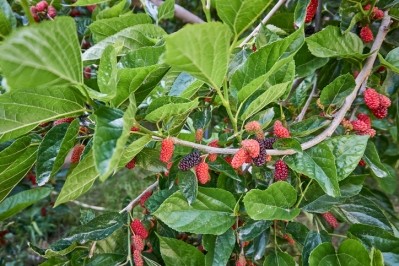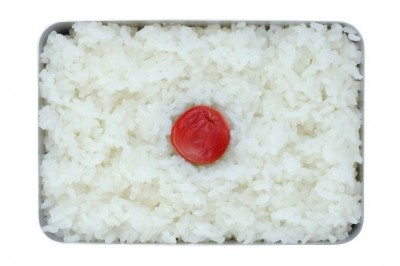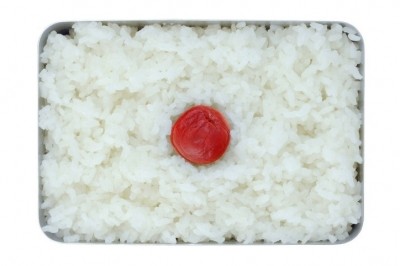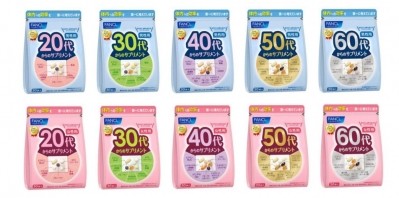Japan’s functional food frustration: Industry needs to eliminate invalidated evidence and advertising problems – exclusive insights

The report, a follow-up to last year's In-depth Analysis of the Status of Foods with Function Claims (FFC) has been compiled by Smoothlink, Inc., a consultancy firm specialising in the life science field.
On November 16th, regulatory body Consumer Affairs Agency (CAA) revealed there were 496 new FFC products submitted between March to September 2020, bringing the cumulative total to 3,447 since the system was launched in 2015.
Despite the increasing demand and awareness for FFC products in Japan, the system has encountered problems when it comes to scientific evidence and advertising.
Most recently in May 2020, FFC products containing Irvingia gabonensis-derived ellagic acid were in the spotlight for irrelevant evidence.
The clinical studies on this ingredient, also known as bush mango, were studied for its fat and triglyceride reduction in participants in Cameroon, Africa. However, CAA questioned if the findings were applicable on the Japanese population.
There were 38 such FFC products notified on the FFC system, but 37 were subsequently either withdrawn, not on sale, or pending changes.
Only one such product is currently on sale, using evidence of a new study by Yoshiaki Shiojimi et al., conducted on the Japanese population and published in the Functional Foods in Health and Disease journal this year.
Advertising expression
Another issue plaguing the FFC industry is the wrong advertising expression on the actual health claim submitted.
An example is the Pueraria lobata var. thomsonii flower incident. Several products were found to advertise untrue slimming effects for FFC products containing isoflavones derived from the Pueraria lobata var. thomsonii flower.
Subsequently, the CAA imposed fines on several companies manufacturing these products. Still, unlike the Irvingia gabonensis-derived ellagic acid case, they were allowed to continue selling their products, provided that they eliminate misinformation to the general public and take measures to prevent a recurrence.
Current validated clinical evidence for the Pueraria lobata var. thomsonii flower include the ability to reduce body fat, lower blood pressure, reduce fatigue and moisturise skin.
According to Hisaaki Kato, CEO and president of Smooth Link, the incident was a result of the “difference between the submitted claim and advertising expression.”
He described the products were displaying pictures of a slender woman wrapping a tape measure around the waist, or showing an image of a fat tummy pinched with both hands.
“The advertisement thus claimed that anyone could quickly reduce visceral fat and subcutaneous fat and achieve a slimming effect on the abdomen, by merely consuming the products.”
CAA said there was not enough evidence to support the drastic weight loss claims, despite its ability to reduce body fat, and thus had to impose a fine on the companies.
Working together
Japan’s health food industry is made up of more than 6,200 companies, however most of these companies are small businesses and rely on ingredient suppliers and OEM manufacturers to conduct R&D and produce their FFC products.
Kato said there are about 400 contract manufacturers of health foods in Japan, but they are not only limited to manufacturing, and are involved in product planning, material sourcing, marketing and sales.
According to the Smooth Link report, sellers, manufacturers, contract manufacturers and CAA must work together to prevent similar cases emerging in the future.
In July, CAA established the Health Care Labeling Guidance Office and has asked the industry associations to set up an advance consultation service.
The associations provide advance consultations to companies while coordinating with the Guidance Office, who will resolve any issues before the sale of the product. “This way, we will be able to avoid crackdowns to the maximum extent", CAA commented.
FFC trends
Launched in April 2015, Japan’s FFC market is a lucrative one. Unlike the stricter FOSHU scheme, companies can sell products with health claims without the need to conduct actual human clinical studies.
Systematic reviews and existing scientific literature are considered suitable evidence for health claims ranging from cognition, joint, skin, eye, weight management to oral health and more.
Among the recent 496 FFC products, the top three function claims were the ability to lower triglyceride, lower blood sugar and reduce body fat.
Products in FFC include dietary supplements, processed foods such as confectionery, foods, beverages, as well as fresh produce. According to Fuji Keizai, sales of lifestyle-related disease prevention products are expected to reach JPY300bn (US$2.9bn) in 2020, a rise of 38.6% from 2018.
Within the categories, the report expects “FFC products will grow in the drinks and supplements segments.”
Many dietary supplement and drink products in Japan have relaunched existing products under the FFC scheme, examples include Ito En’s existing green tea drink marketed for its body fat reduction properties attributed to its polyphenol content, Ezaki Glico’s chocolate containing GABA for stress relieving and improving sleep quality, and FANCL’s sprouted brown rice containing indigestible dextrin to suppress post-meal blood sugar and triglyceride increases.
Kato told NutraIngredients-Asia: “These products already have a loyal customer base and expected to attract new customers by clearly stating their functionality.”
The top single functional ingredient used in the new batch of FFC products was GABA, followed by indigestible dextrin (dietary fiber).
The report also revealed that several ingredients were approved with new functions.
For instance, Lactobacillus salivarius strain TI2711 was approved to maintain healthy gums, quinic acid for reducing urinary frequency among females, and Lactobacillus lactis strain Plasma for maintaining immune function.
Recently in November, Kirin Group relaunched its existing functional food brand iMUSE containing L. lactis strain Plasma under the FFC scheme. These products are also Japan’s first FFC products registered for immune health.
















